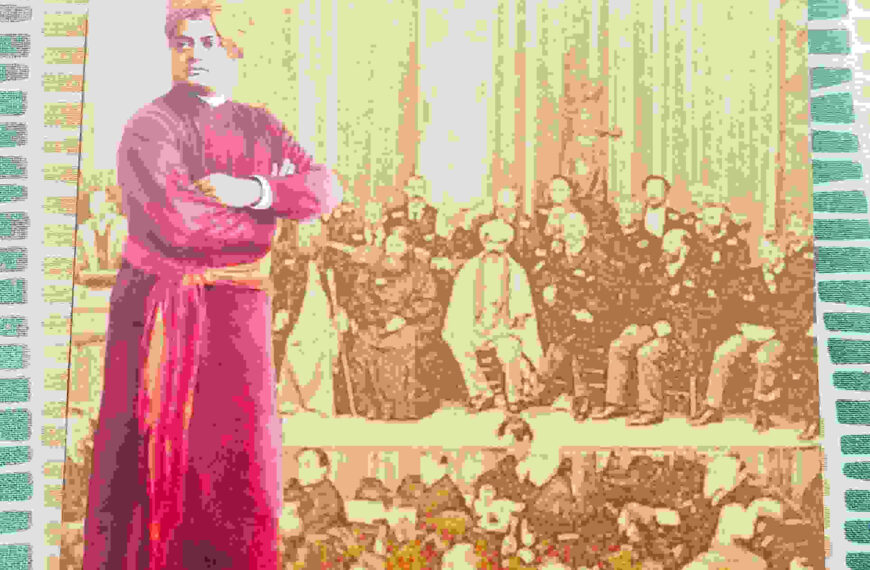Nilanjana retells a well-known tale from the Bhagavatam, about Lord Krishna eating mud. Read more to know the enchanting details, in the weekly column, exclusively in Different Truths.
One day when all the children were playing outside and Yashoda was occupied with some household task, Balarama rushed to meet her. He informed that Krishna was eating mud by handfuls. Yashoda was wondering if he is to be believed, but other children also confirmed the same.
Yashoda rushed to Krishna and held him with her left hand. With her right hand up to strike the naughty boy, she reprimanded him, “You are so mischievous! You are eating mud?”
Krishna firmly denied, “I do not eat such stuff.”
“But Balarama and the other children had seen you eat mud?” Yashoda would not let the little one go.
“They are all lying,” Krishna would not give up so easily. He suggested, “Look into my mouth and see if there is any mud there.”
Krishna opened his little mouth for his mother. Yashoda looked inside the mouth of the child and saw the whole universe there. There were moving objects and static ones. The heavens and all the quarters were visible. The mountains, the islands, the oceans and everything else that comprised the earth were present. The world of celestials had also unconcealed itself inside the little mouth. She even saw the mind, the tattvas (cosmic principles) and the three gunas* (sattva, rajas, tamas). She could perceive the balance of the three gunas. She realised that when the paramatma (cosmic soul) and the jivatma (an iota of the cosmic soul, also known as an individual soul trapped in the body) are in sync, the gunas are balanced. When they move away, the gunas get imbalanced. Yashoda saw the birth of the universe as well. She then saw Gokula and there she saw herself looking inside the mouth of little Krishna.
She asked herself, “Is this a dream?” Gradually she was convinced as she kept speaking to herself, “No, this is not. I am wide awake. This looks like the maya (illusion) of Lord Narayana. If that is the case, then everyone should have witnessed this! Is all this an illusion, just like my own image that I see in the mirror? But I also see my son Krishna in this illusion! How can I see the mirror as well as the reflection in the same mirror? Does my child have some special power?” She was stuck in wonder as she continued to ponder, “I can now acknowledge the state that is beyond the mind, action, and words. That state is the basis of the universe. All the worlds shine with life and glory because of this state. The universe unfolds itself because of this state. Maya (illusion) leads me to believe that I am Yashoda, my husband is Nanda and this is my son. I see the play of maya and I now realize the cosmic state that causes this veil of maya.”
Krishna saw his mother in this state of realisation and summoned the maya called ‘putrasneha’ (love for one’s child). Yashoda’s state of self-realisation was again veiled by worldly illusion. She shook herself, as if from a trance. The vision of the universe was like a forgotten dream that she perhaps did not even remember anymore.
***
King Parikshit was listening intently as Sukha kept on narrating the stories to him. The king observed, “The Nandas and the people of Gokula must have accumulated a lot of punya (virtuous effect of good deeds) to be a witnessing divinity manifesting as their child. Devaki and Vasudeva did not have this luck. These simple cowherds had divinity all for themselves for so many years.”
Sukha explained, “Brahma had requested the Vasu (celestial being) called Drona and his wife Dhara to be born on earth around the same time when Narayana was planning to take birth. They had requested for a boon – to be completely immersed in bhakti (devotion) to Narayana. They knew that was the only way to swim across the life of pain that awaits mortals living on earth. Brahma had granted them the boon. Hence Drona was born as Nanda and Dhara as Yashoda.”
[To be continued]
Glossary
*Gunas or attributes are of three kinds.
1) Sattvaguna or sattva – This is the highest of the three gunas (attributes). It indicates goodness and purity;
2) Rajoguna or rajas – This is the second, indicating activity (when on a positive swing) and restlessness (when negative);
3) Tamoguna or tamas – This is the lowest one indicating rest (when positive) and lethargy (when negative).
All the three take turns to dominate the human mind.
Footnote: Srimad Bhagavatam is often called the Bhagavad Purana. Authored by Ved Vyasa, the stories are about the various avatars (incarnations) of Lord Vishnu, also known as Narayana.
©Nilanjana Dey
Photos from the Internet.
#BhagavadPurana #SrimadBhagavatam #VedVyasa #Narayana #Avatars #Gunas #Rajas #LordKrishna #Universe #Bhrama #HumanMind #DifferentTruths






 By
By

 By
By
 By
By